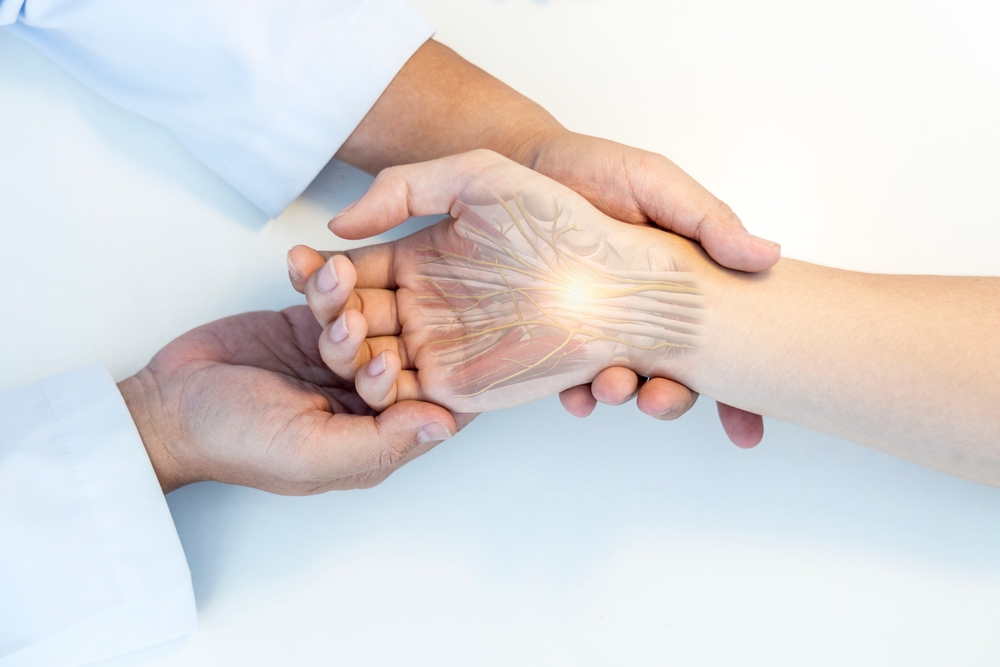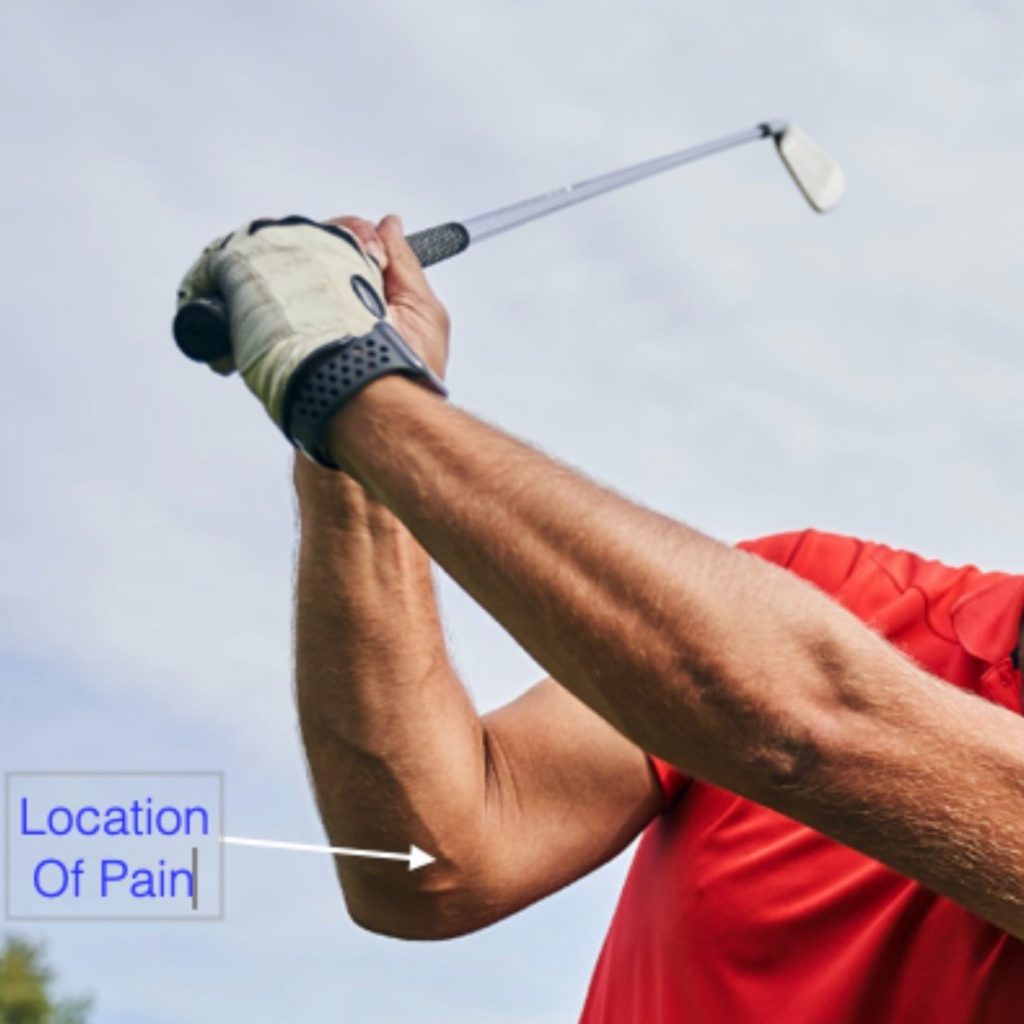Persistent hand pain after carpal tunnel surgery is a common question patients have following surgery. I want to expand on post-operative pain, as the great majority of the time the pain is related to normal healing.
Let’s start by breaking it down by time following surgery and what is abnormal and what is normal immediate post-operative pain. This is pain within the first 4-6 weeks of surgery. Remember that regardless of the technique used to release the structure causing carpal tunnel syndrome, the ligament being released is a robust structure. You need to realize the transverse carpal ligament released is roughly as thick as the thickness of a cardboard box. Immediately after the release, there will be a period of time not only for the ligament to heal in a lengthened position but also for the bones attached to the released ligament to adjust.
Normal Pain After Carpal Tunnel Surgery
Two common complaints after surgery are “the base of my thumb hurts” and “when I put weight on my hand it continues to be sore.”
Many patients who have carpal tunnel syndrome also have arthritis at the base of the thumb. After the ligament is released, there can be a transient increase in pain in the area of arthritis or occasionally new onset of symptoms at the base of the thumb. As the base of the thumb “adjusts” to its new environment the symptoms will typically resolve without any treatment. If symptoms persist, treatment with topical medications, splinting or occasional injection are required. It is rare that the symptoms of the thumb persist after several months.
Weight-bearing pain in the palm and hand pain with forceful gripping or heavy lifting is normal as well. This is expected with normal healing post surgery, and gets better over time. We ask patients to avoid weight bearing if the pain is significant but mild pain with weight bearing is perfectly acceptable. Pain with heavy lifting and forceful gripping is also normal post-operative healing. We typically tell you to wait approximately three weeks after the surgery before your most heavy activities are resumed. Each patient’s symptoms and activities vary so this needs to be addressed on an individual basis. Patients should increase activities as tolerated at three weeks within their tolerance.
Abnormal Hand Pain After Carpal Tunnel Surgery
Now we need to discuss abnormal early post-operative hand pain After carpal tunnel surgery. Keep in mind that these complications are rare but need to be differentiated from normal post-operative pain.
Nerve injury related to carpal tunnel surgery is extremely uncommon and is sometimes difficult to separate from normal recovery of the nerve. Significant increased numbness in the hand or individual fingers immediately after the surgery is concerning. Local anesthetic is used during the surgery which causes numbness lasting sometimes 6 hours or more after surgery. Wait until the effects of the anesthetic have worn off before deciding if there is increased numbness. If this occurs the physician would want to have you come to the office in a timely manner to evaluate the hand.
Infection is another rare complication following carpal tunnel surgery. Patients who develop a surgical site infection typically have increasing pain, swelling and redness around the incision. Most patients need few, if any, narcotic pain medications after the surgery. If controlling your pain requires more narcotics or other meds such as NSAIDs daily rather than less meds, this can be an early sign of a developing infection. Increased drainage from the incision, and fever are also signs of infection but typically develop later than increase swelling, redness and pain. If you develop any of these symptoms immediately call the office or physician on call to discuss.
Nerve Recovery Pain After Carpal Tunnel Surgery
One other symptom post-surgical that we should comment on is “nerve recovery hand pain” after carpal tunnel surgery. This is not a complication but can be very disturbing for the patient.
When the ligament is released the chronic pressure on the nerve is removed. In the great majority of cases the patient’s numbness is resolved without nerve recovery pain. In rare cases as the nerve recovers it is painful.
Think about when your leg goes to sleep after sitting too long. The sensation to the leg and foot is diminished. We get up and move the leg around to “wake it up”. During the waking up phase you can get a burning or tingling sensation in the foot before it fully recovers. This odd sensation similar to warming hands that got too cold can be very uncomfortable. This is similar to what happens in some patients when the pressure is relieved from the nerve. Fortunately this is transient and is a sign that the nerve is recovering. Most of the time this is short lived but may have a more protracted course requiring treatment.
Dr. James Post is a member of the American Society for Surgery of the Hand and is board-certified in orthopedic surgery and hand surgery by the American Board of Orthopedic Surgery. Read more about carpal tunnel surgery and many other conditions of the hand and arm on our website.




